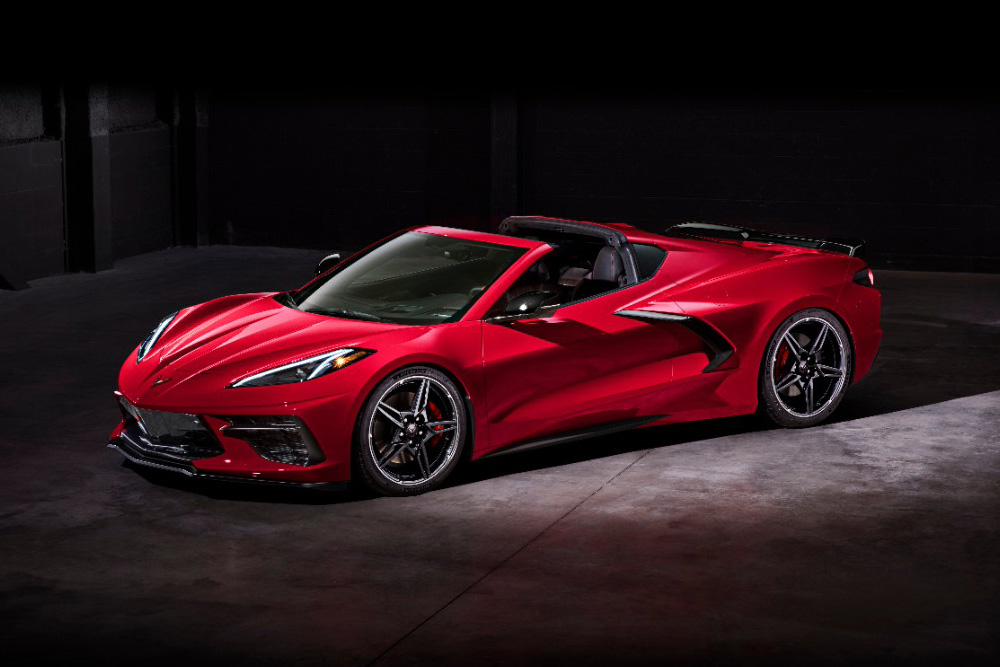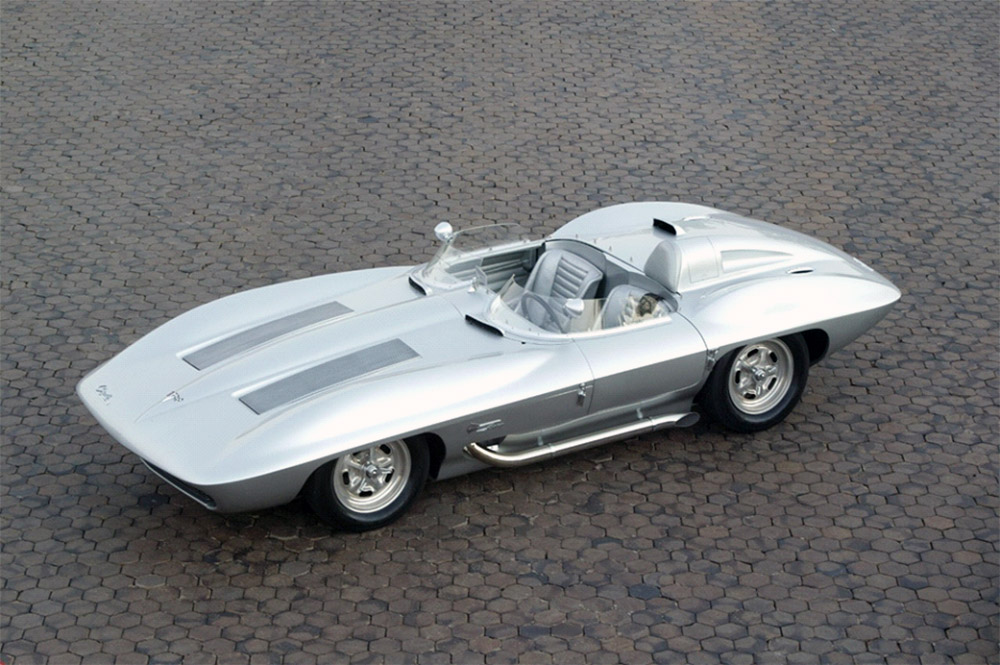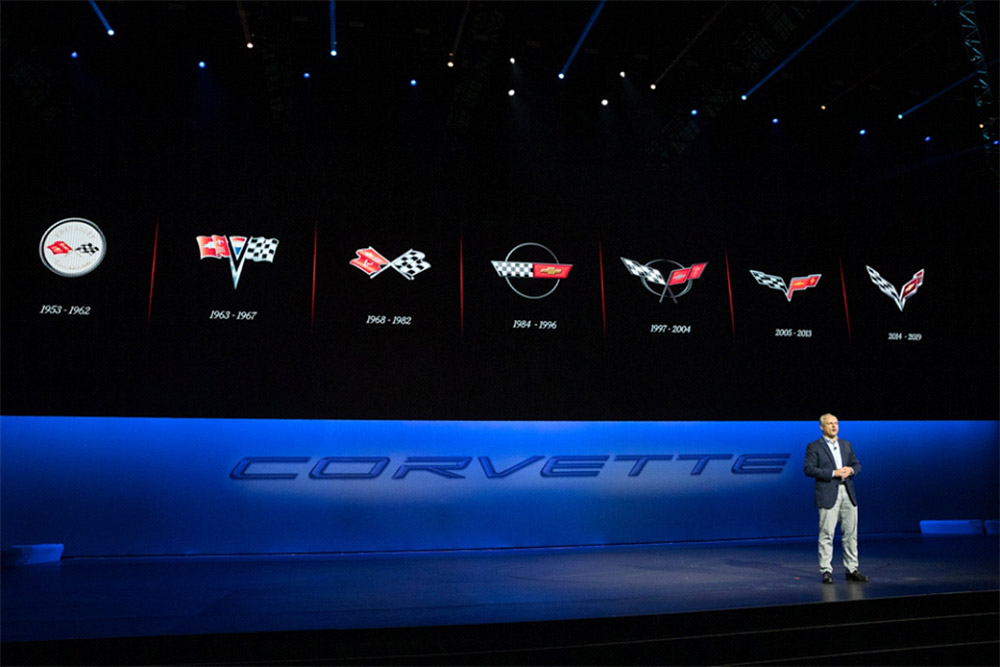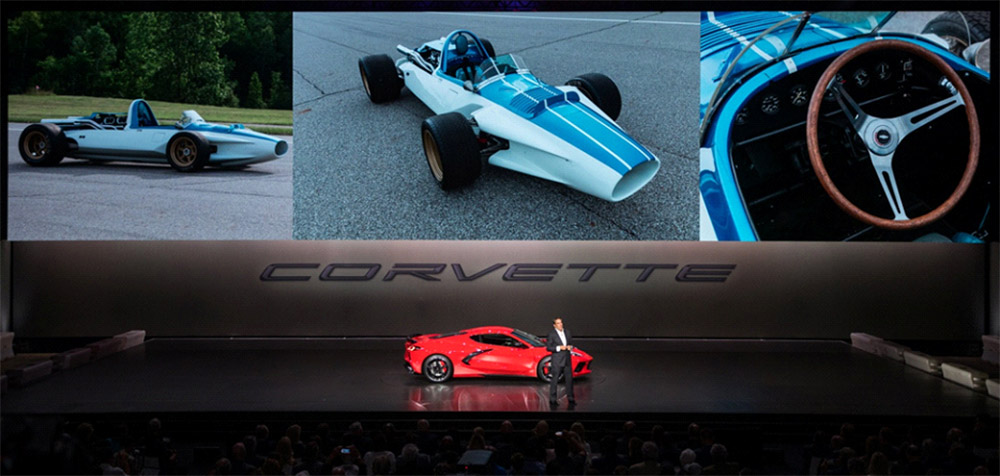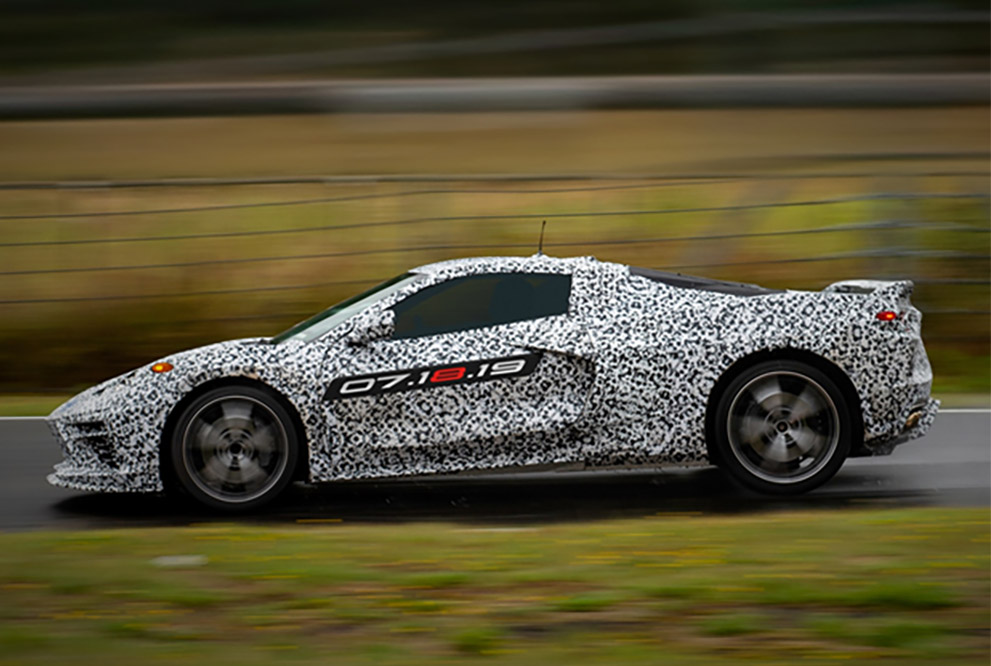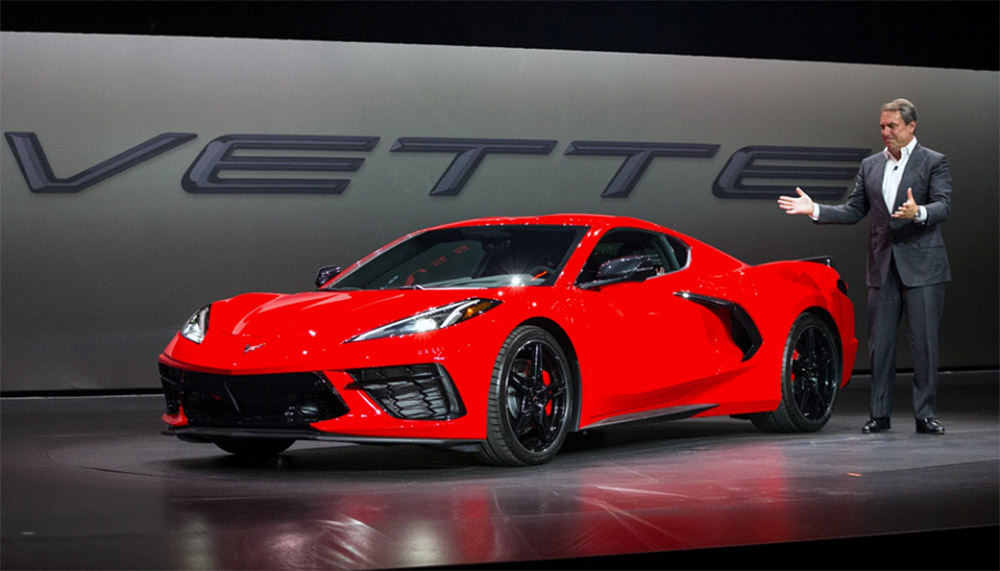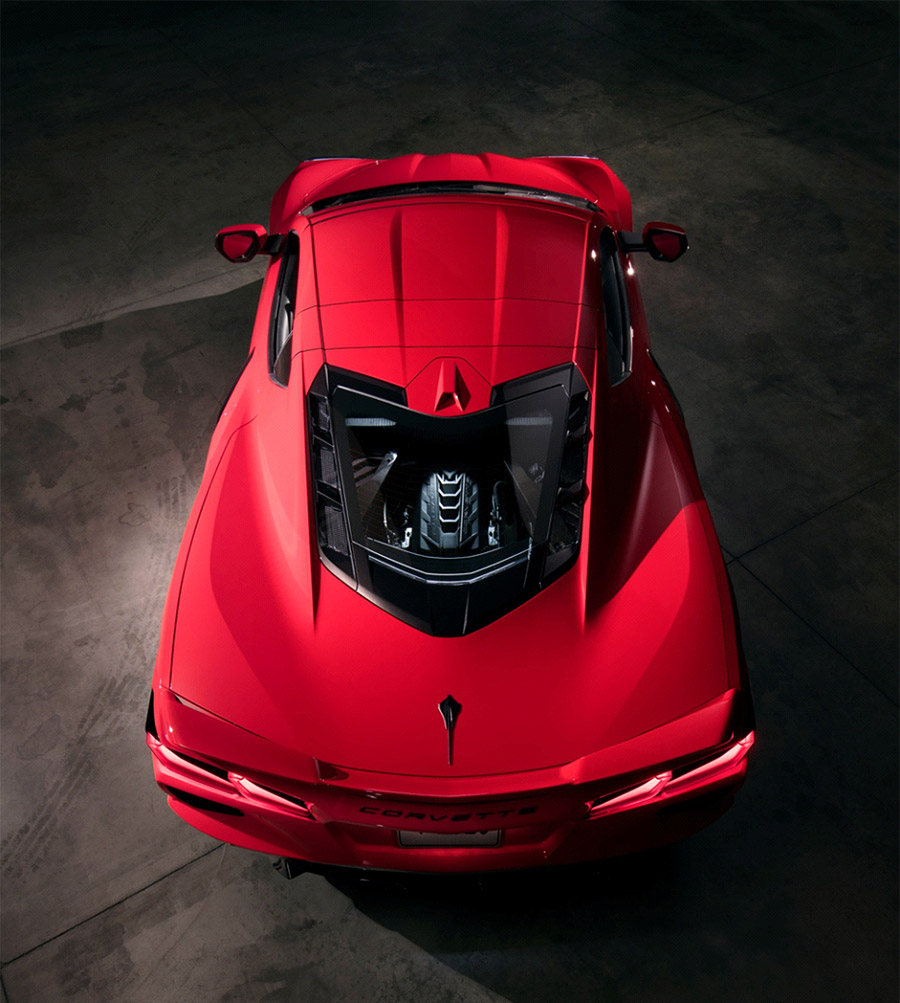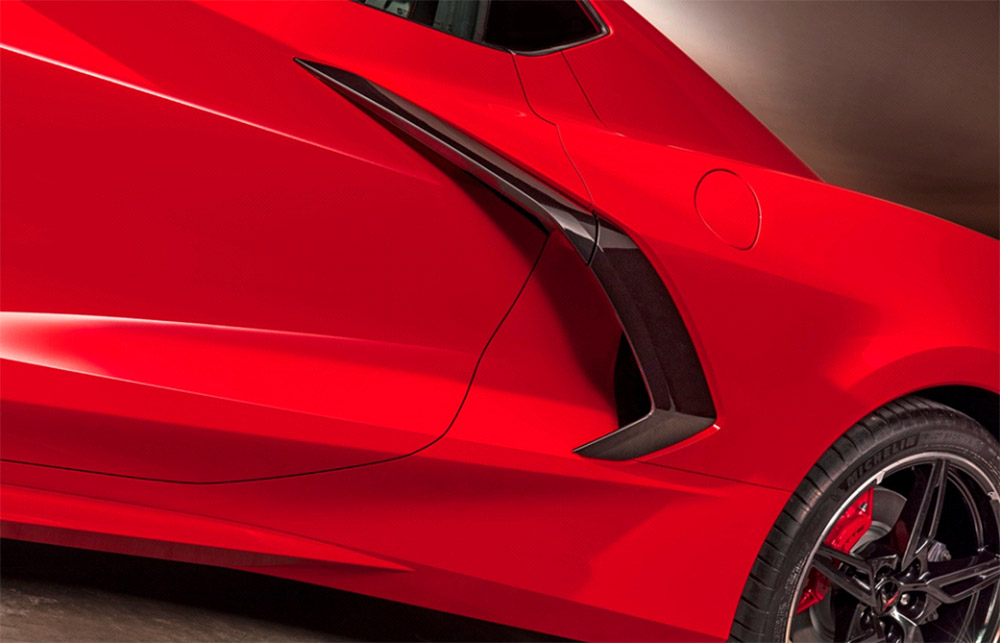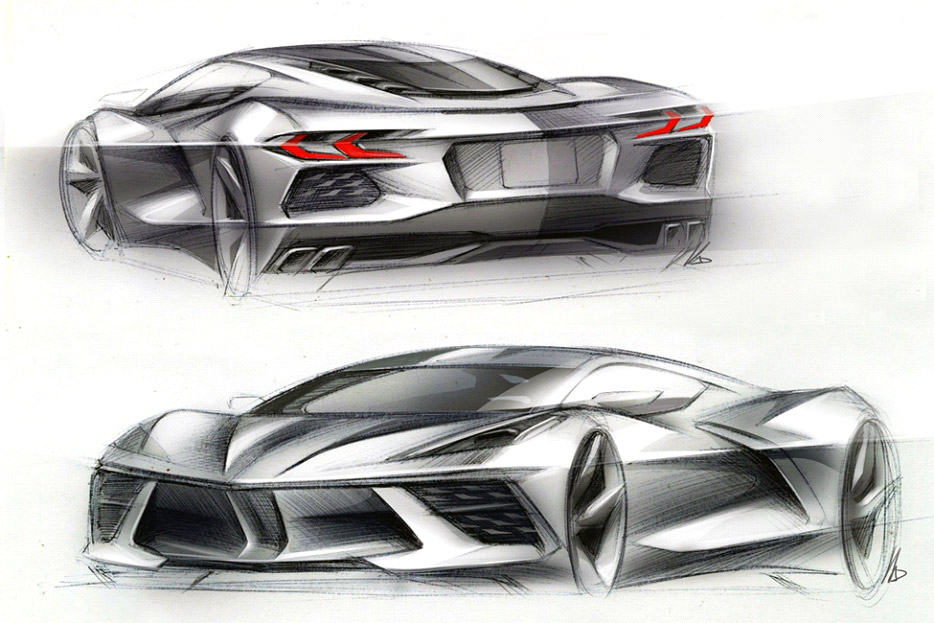The idea of a mid-engine Corvette swirled for decades. Rumors and speculation fueled a steady undercurrent with each new version of the Corvette, wondering whether this new version would be the one to change the familiar front-engine layout.
It seemed inevitable, but tantalizingly just out of reach with each model year and each new Corvette evolution. Over the years, experimental models and design studies teased the idea, but never made the leap to production.
Corvette models came and went. The first-generation broke ground in 1953 and was known as C1. 1963 ushered in C2, followed by C3 in 1968 which persisted for a lengthy life in automotive terms until 1984 when C4 arrived. C4 reigned until C5 emerged in 1997. C6 took over in 2005 and continued until 2014 when C7 was introduced. At almost every turn of a new evolution, the mid-engine question lurked. Corvette design godfather Zora Arkus-Duntov had the idea as early as 1957 based on lessons learned from race tracks yet the production Corvette stuck to its front-engine layout.
The rumor mill suggested a mid-engine refresh was in the works before the credit crisis in 2008 and 2009 derailed the plan. General Motors persistently denied that the C7 would be mid-engine and, indeed it arrived in 2014 with aggressive styling updates but no shift in engine location.
Once the C7 was released, the hunt was on for C8. The search intensified in 2017 and 2018 and a mid-engine Corvette became an automotive bigfoot. Some thought they caught a glimpse, but it stubbornly kept just out of sight. Magazines sold issues based on the smallest morsel of news or speculation. Blurry spy photos of prototypes clad in camouflage fueled the fire. Internet websites and forums were frothy with expectation.
Finally, in April 2019, General Motors confirmed that a new Corvette was scheduled to meet the world in early July 2019. Development mules had been spotted in the wild but the formal announcement and new C8 model release finally ended the decades-long march towards a mid-engine Corvette. Production units rolled off the assembly line destined for their new owners in early March 2020.
Why did Corvette shift to mid-engine? It had stuck with tradition, but extracted every bit of possibility out of the C7. It could go no further.
Moving the engine behind the driver and ahead of the rear wheels directly addresses the physics of inertia. As a car moves in any direction – hard braking, hard acceleration, or sharp turns – the weight of the car rotates forward, backward or side to side around an imaginary pivot point. Weight centered around this pivot point is stable. Weight further away acts like a pendulum, generating momentum and instability.
Braking is a good example. As weight shifts forward under heavy braking, the car pitches forward and the rear tires struggle to remain planted as solidly on the pavement. A front-engine C7 with a weight bias to the nose struggles with braking as compared to the C8 with its weight situated closer to the rear tires.
The same principle applies for acceleration. The C7’s front-engine put weight on the front axle, but the rear tires provide the traction. Putting more weight over the rear tires that are driving the car forward effectively pushes the tires into the pavement, improving performance.
Mid-engine does not mean 50/50 weight distribution. It merely means between the front and rear-axles. Given the space that a passenger compartment requires in the middle of the car, a mid-engine car typically places the engine between the driver and the rear axle. Weight distribution for the C7 was about evenly distributed front to rear. The C7 was modestly improved over the C6 but the engineering team could only do so much while retaining the front-engine layout. The C8’s weight is roughly distributed 40/60 front to rear – planting the engine much closer to the rear wheels. The C8 also allows the engine to be situated lower in the car, keeping the center of gravity down.
The C8 effectively was entirely re-engineered, with major consequences to the styling and body proportions. C8 designers had a challenge to design something entirely new but still with enough Corvette DNA to retain the family lineage.



